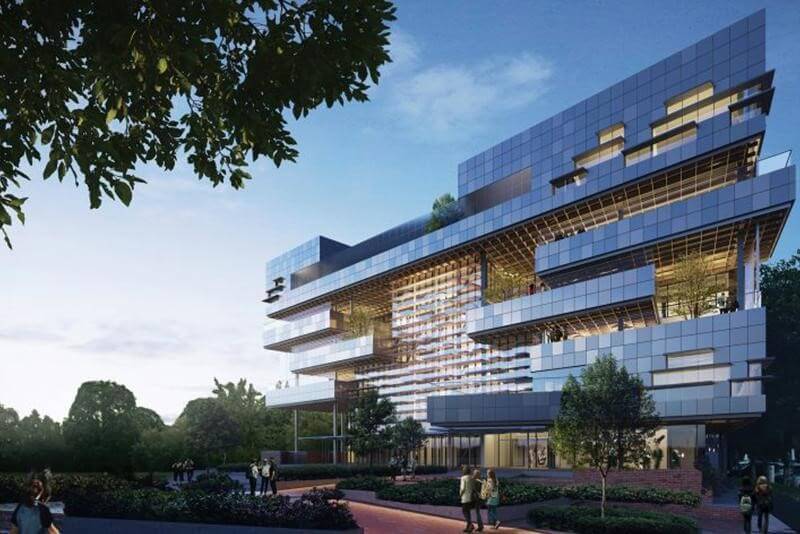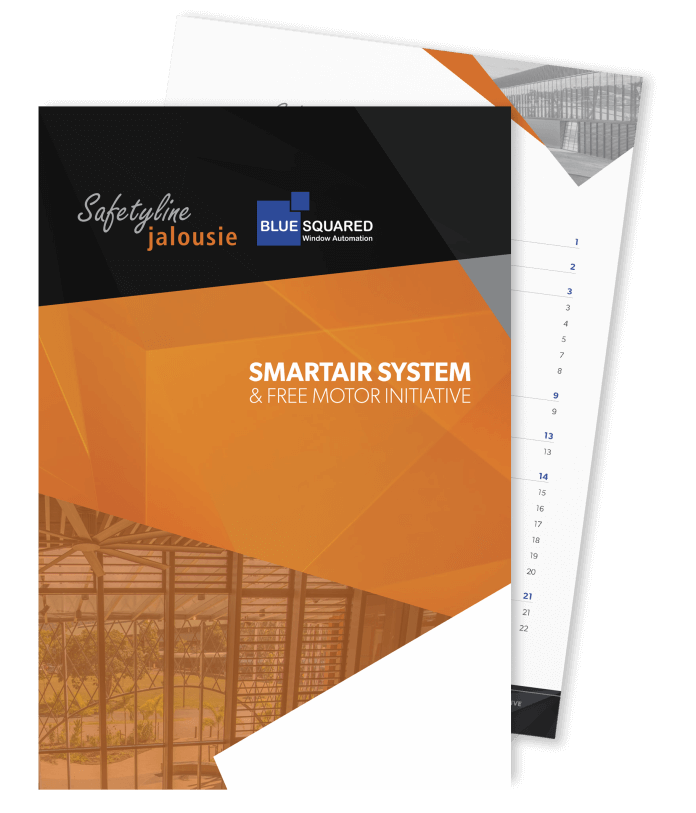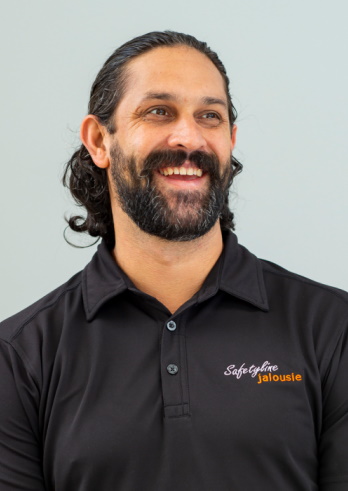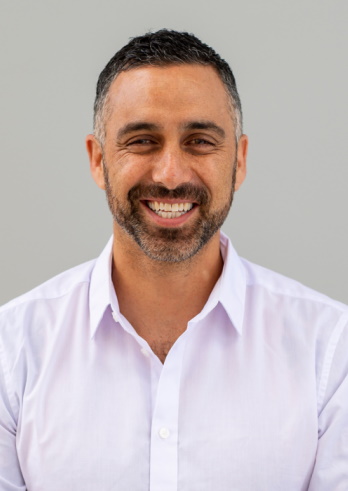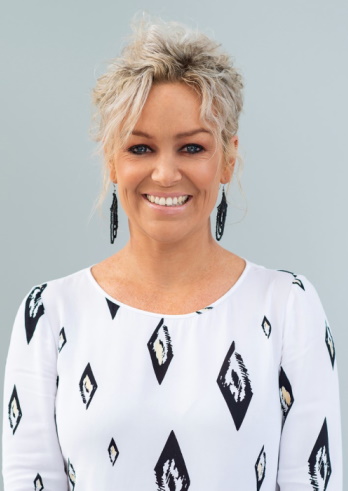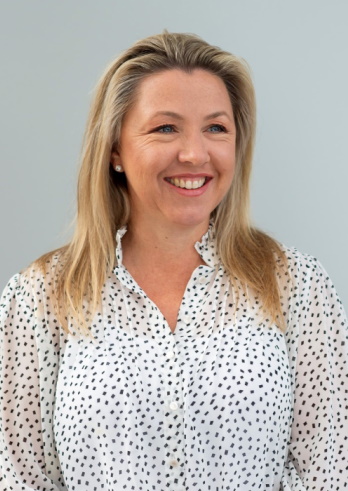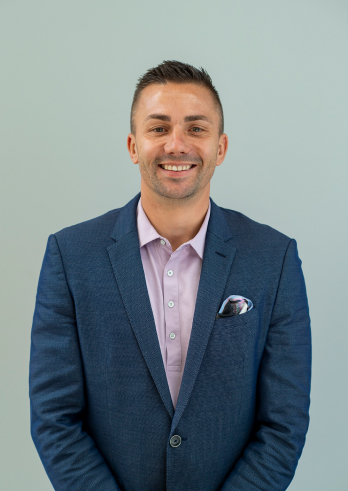Vertical schools aren’t just a concept anymore. Many Australian suburbs are actively building these types of schools. Could these buildings become the new standard in educational facilities ?
Australia’s first vertical school went up back in 1976. St Andrews Cathedral School was a trailblazer for a new school-building concept. But it didn’t take off like the authorities had hoped. For whatever reason, the building of educational facilities trended away from high-rise buildings. Perhaps the idea was too far ahead of its time.
But what this does show is that vertical schools are not a new concept. They have existed for over 40 years. And now, they’re coming back with a bang.
Victoria is leading the way in the construction of such buildings. The state’s first vertical school construction began in 2016. Capable of holding 525 students, the school is a five-storey building. Moreover, it combines educational and community facilities like few traditional schools can. The extra space that comes with building up, instead of out, seem to offer some benefits.
Other schools in the state have followed suit. The high school based on the former Swinburne University site is undergoing a $25 million refurb. That will turn it into a vertical school in its own right.
However, the buildings have attracted their fair share of criticism. Nearby residents do not like the idea of a high-rise building that may block their views. Moreover, they argue that more densely packed buildings mean more congestion on the ground. Building up may solve the issues of city density. But they still cause concern for many who live nearby.
Victoria is not an outlier either. Several countries already use vertical schools to their advantage. In fact, they are the predominant form of school building in Japan. Again, they have gained prominence there due to a lack of land mass for building. They have also taken off in Singapore. Even the United States is in on the act. A 76-storey high rise in Manhattan dedicates its first five floors to educational facilities. The rest goes towards apartments and office space.
Moreover, Victoria is not the only state that’s building such schools in Australia. Several others, particularly those with high population densities, have done the same thing.
Are Other States Building Vertical Schools?
You may hear a story like the one above and assume that vertical schools are a fad. They certainly seemed that way in the 1970s. The first facilities didn’t catch on. But Victoria’s school of 2016 is just one of several appearing in Australia.
Melbourne offers another example of the rise. The capital city of Victoria recently opened its Haileybury’s city campus to students. Again, this shows that the school mentioned above isn’t a one-off. Vertical schools are a concept that Victoria has latched onto with both hands.
Other cities and states offer their own examples of such uptake. St George’s Anglican Grammar School in Perth is a great example. In fact, this school opened its doors in 2015. That puts Perth ahead of Victoria when it comes to vertical school construction.
Of course, Sydney is not too far behind. In fact, you’d expect Sydney to embrace the concept more readily than other Australian cities. Overpopulation has been an issue in the city for a number of years. This has led to schools reaching their maximum capacities. Building up offers a potential solution to such problems. So, it should come as no surprise that they are appearing in Sydney too.
Arthur Phillip High School in Parramatta will become a 17-storey school fairly soon. Another school in Surry Hills will have a total student intake of 1,200.
Here is the point of all of this information. Vertical schools are not some sort of trend that Australian cities and states have adopted. They’re seen by many as a very real solution to the issue of overcrowded schools. Moreover, the benefits they provide make them suitable for crowded cities.
They’re also not just the domain of the big cities. The fact that there’s a vertical school in Perth shows that the concept has legs beyond Sydney and Melbourne. It’s likely that we’re going to see more of these buildings arise over the course of the next decade.
That fact alone raises plenty of questions. What are the benefits? As importantly, what are the drawbacks?
Let’s examine those questions in more detail.
The Benefits of Vertical Schools
If this type of school had no benefits, they would not have achieved such widespread acceptance.
Here are just a few of the reasons why these schools are in the pipeline.
Benefit #1 – Space Saving
It’s the main reason why they’re so popular in Japan. As the population increases, the demand for space goes up. We cannot dedicate all of this space to schools. Most of it has to go to residential buildings and commercial premises. After all, people need spaces to live and work in.
Of course, children also need spaces to learn in. That is what vertical schools provide. A high-rise building takes up less land mass than a sprawling campus. You can also build high-rise buildings as high as they need to be to suit your purposes. This means that you still get the same, or even more, space that a regular school has to offer. But you take up less land. This leaves more land available for other development work.
Benefit #2 – Locational Benefits
Vertical school construction does not just save space. It also allows schools to take advantage of space that they may have previously not used.
Imagine that there’s a patch of available land in a city’s Central Business District (CBD). This land does not offer enough space for a full school campus. But it’s large enough to host a high-rise building.
A traditional school could not take advantage of this land. As a result, it also could not take advantage of the benefits of being so near to a CBD. That means no working relationships with local businesses and fewer opportunities for students.
But a vertical school can take advantage of that land. In doing so, it puts students closer to the resources they need to prepare for their future careers.
That’s without mentioning the shorter commutes for students who live in a CBD.
Benefit #3 – Relieving Overcrowding
As mentioned, overcrowding is a major problem in Australia’s cities. Sydney experiences the brunt of this issue. An ever-growing population leads to more children. The current school stock does not provide what those children need.
Vertical schools provide the answer to the overcrowding issue. A taller example could house students from the first year of education up to their final year. The fact that they take up less space also means that you can build more of them. Again, that helps with the overcrowding issue.
The Criticisms of Vertical Schools
Although these schools save space while relieving overcrowding, they are not without their critics.
Some of these critics have what you may call selfish viewpoints. They argue that the constructions block views and make cities less attractive. There is certainly a good point nestled away here. If this trend continues to gain popularity, it will spread to other areas. Built in a rural or coastal area, they will have a massive effect on the skyline. This could go so far as to dissuade people who visit such areas for the views.
Many argue that they will increase congestion in the cities. This is a particular problem for schools built near the CBDs. Such areas already see high footfall due to workers commuting to their offices. Adding thousands of students to that mix may create chaos for public transport and lead to overcrowding on the ground.
But there are also issues that relate directly to student health. For example, many point to the evacuation issues that vertical schools present. In the case of a fire, it does not take long to evacuate a single-storey building.
But what about a 17-storey one, such as the school in Parramatta mentioned above?
That’s an entirely different prospect. It’s also one that requires the implementation of strict evacuation procedures. Unfortunately, you can’t guarantee that young children will follow such procedures.
Finally, there’s the issue of outdoor time. Vertical schools incorporate all of a school’s facilities in one building. That includes recreational areas and other spaces that led students outside. Some remedy this via the use of their rooftops. But the fact remains that students in such schools will spend less time outside.
Possible Safety Issues
These criticisms also do not address some of the safety issues that relate to Australia’s high-rise buildings. In fact, there have been several stories that show how dangerous such buildings can be, regardless of their use.
Several high-rise buildings have also experienced issues with their glass shattering and falling. In May 2017, a glass panel fell from the top storey of a high-rise in Sydney. Luckily, it did not cause any injuries. But it’s also not an isolated incident. There have been several cases of glass falling from high-rise buildings in Australia. In this case, the use of compliant glass usually solves the problem. Safetyline Jalousie’s louvre windows offer a good alternative to the glass panels that can cause major injury.
Now, combine this with another issue. Namely, falls from high buildings. The loss of a glass panel creates a huge open space. Children in the building are at immediate risk, especially if they are too young to recognise the danger. Moreover, the use of non-compliant windows also presents a similar risk. If a window opens too far near the top storeys of a high-rise building, you create a serious risk for children.
These are certainly concerning, but they are not insurmountable issues. Those creating such buildings must understand that they present different challenges to standard high rises. The focus must lie on creating safe learning spaces. Moreover, architects must design with safe recreational facilities in mind.
When it comes to glass shattering and the potential of falls, the windows used play a pivotal role. Poor choices in those areas create risk for schoolchildren. It’s essential that architects use compliant windows that reduce this risk as far as possible. Safetyline Jalousie’s louvre windows are an excellent example. Not only are they full compliant, but their unique qualities mean that they do not create large openings. A lack of large openings means that children cannot fall through them.
It is a design challenge. But it’s one that architects and designers can rise to.
Conclusion
The educational benefits and drawbacks of vertical schools are not yet known. They are a new concept and it may take some time to see what effect they have on student performance.
But such schools still face the same issues as any high-rise building. The use of compliant building products is a must to ensure the safety of students.
That is where Safetyline Jalousie can help. We offer a range of louvre windows that meet or exceed all current building code requirements. If you are considering developing a vertical school, we want to hear from you. We could help you to find the louvre windows you need to ensure compliance.
So, what should you do next? We recommend that you do the following:
- Check out our louvre windows’ technical specifications.
- Read about some of our most recent projects.
- Contact a Safetyline Jalousie business manager to take your project forward.
References:
Vertical school: The only way is up – Wood & Grieve Engineers
Multi-storey schools on the rise – Australian Design Review

